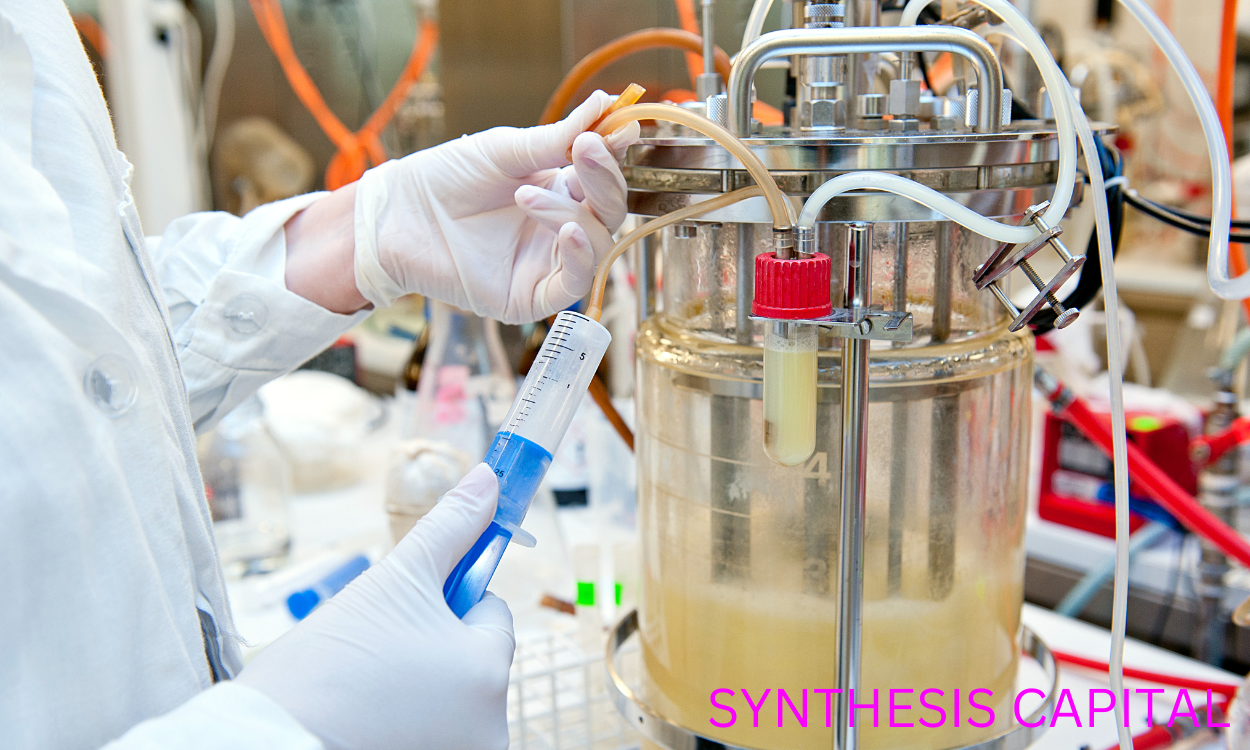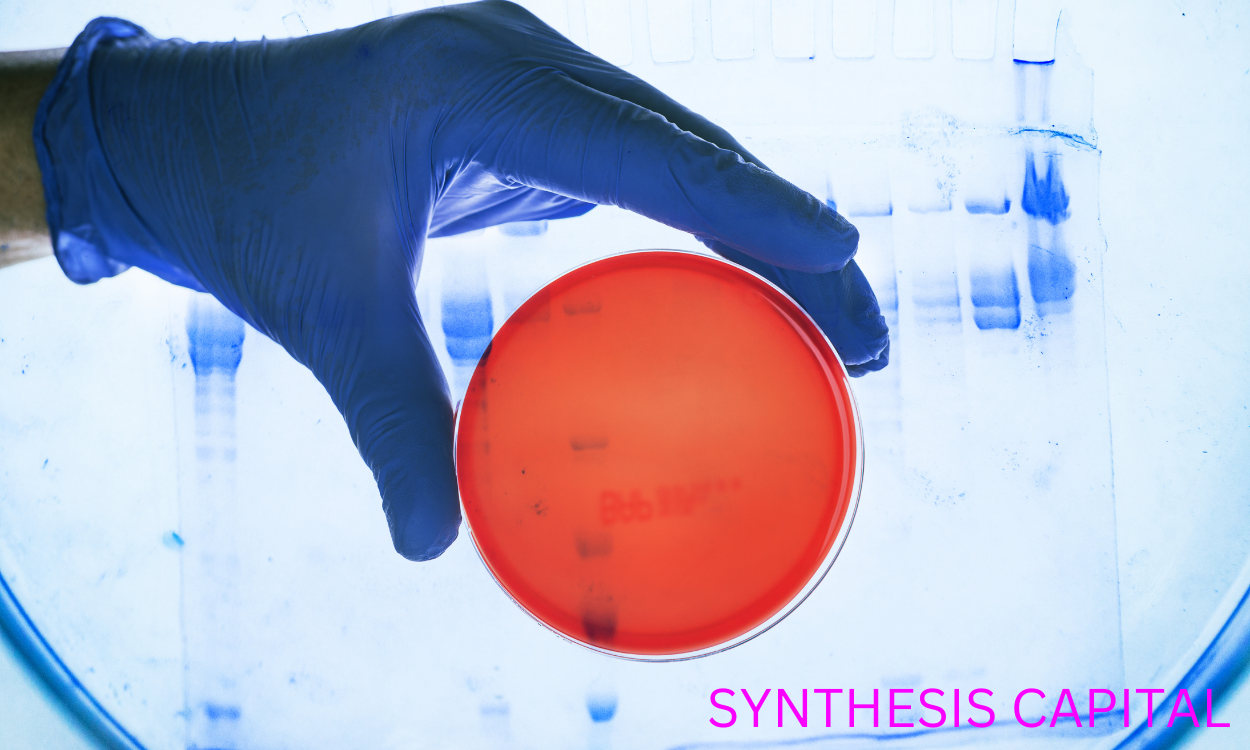The extraction of protein from soybeans is a crucial process in the food industry, as soy protein is a valuable source of nutrition for both humans and animals. Soybeans are known for their high protein content, making them an ideal ingredient for plant-based products such as tofu, tempeh, and meat alternatives. The extraction process involves separating the protein from the other components of the soybean, such as carbohydrates and fats, in order to isolate and concentrate the protein for use in various food products. This process typically involves a series of steps, including grinding the soybeans into a fine powder, mixing the powder with water to create a slurry, and then using various techniques such as precipitation, filtration, and centrifugation to separate the protein from the rest of the soybean material. Overall, the extraction of protein from soybeans plays a vital role in meeting the growing demand for plant-based protein sources in the food industry.
Common Methods for Extracting Protein from Soybeans
The most common methods used for extracting protein from soybeans include mechanical extraction, where the soybeans are crushed and pressed to release the oil and protein; solvent extraction, where solvents such as hexane are used to separate the oil and protein from the soybean meal; and enzyme-assisted extraction, where enzymes are added to break down the cell walls of the soybeans to release the protein. These methods are often combined in various ways to maximize protein yield and quality while minimizing costs and environmental impact.

How does the extraction process affect the nutritional content of the soybean protein?
The extraction process of soybean protein involves removing the oil and other components from the soybean to isolate the protein. This process can lead to some loss of nutrients, such as vitamins and minerals that may be present in the whole soybean. Additionally, high temperatures and chemical treatments used during extraction can denature some of the proteins, affecting their digestibility and bioavailability. However, the extraction process also concentrates the protein content of the soybean, making it a more efficient source of protein with a higher protein concentration compared to the whole soybean. Overall, while there may be some nutrient loss during extraction, the higher protein concentration can still make soybean protein a valuable source of essential amino acids and other nutrients.
Are there any environmental considerations to take into account when extracting protein from soybeans?
When extracting protein from soybeans, it is important to consider the environmental impacts of the process. The production of soybeans often involves large-scale monoculture farming practices which can lead to deforestation, soil degradation, and loss of biodiversity. Additionally, the extraction process itself may require significant amounts of water and energy, contributing to greenhouse gas emissions and water pollution. It is essential to implement sustainable farming practices, such as crop rotation and reduced chemical inputs, as well as efficient extraction methods to minimize the environmental footprint of soybean protein production.
What is the typical yield of protein that can be extracted from a given amount of soybeans?
The typical yield of protein that can be extracted from a given amount of soybeans is approximately 40-50%. This means that if you have 100 grams of soybeans, you can expect to obtain around 40-50 grams of protein after processing. Soybeans are known for their high protein content, making them a valuable source of plant-based protein for vegetarian and vegan diets as well as in various food products and supplements.
How does the quality of the protein extracted from soybeans compare to other plant-based protein sources?
The quality of the protein extracted from soybeans is generally considered to be high compared to other plant-based protein sources. Soy protein is a complete protein, meaning it contains all nine essential amino acids that the body cannot produce on its own. It also has a high digestibility rate and is easily absorbed by the body. In addition, soy protein is low in saturated fats and cholesterol, making it a healthy option for those looking to increase their protein intake while maintaining overall health. Overall, soy protein stands out among plant-based protein sources for its nutritional value and versatility in various types of diets.

Are there any by-products or waste generated during the extraction process, and if so, how are they handled?
Yes, there are typically by-products and waste generated during the extraction process, particularly in industries such as mining, oil and gas extraction, and agriculture. These by-products can include tailings, wastewater, sludge, and excess material that is not used in the final product. In order to minimize the environmental impact of these by-products and waste, companies often implement various strategies such as recycling, reusing, treating, or disposing of them in a responsible manner. This may involve technologies like filtration, sedimentation, and chemical treatment to remove contaminants before discharge or disposal. Additionally, regulatory agencies often require companies to adhere to strict guidelines and protocols to ensure proper handling and management of by-products and waste to protect the environment and public health.
Exploring the Impact of Technology on Soybean Protein Extraction Efficiency
Technology plays a crucial role in improving the efficiency and effectiveness of soybean protein extraction by providing advanced machinery and processes that enable quicker and more precise separation of proteins from the raw material. Innovations such as high-pressure processing, ultrasound-assisted extraction, and enzyme-assisted extraction techniques have been developed to enhance the yield and quality of soy protein isolates. Additionally, automation and control systems in extraction plants help to streamline operations, reduce human error, and optimize resource utilization, ultimately leading to higher productivity and cost-effectiveness in the soybean protein industry.
Exploring the Versatile Applications of Soybean Protein in the Food Industry
Soybean protein has a wide range of potential applications in the food industry beyond traditional uses such as tofu and soy milk. It can be used as a meat alternative in products like burgers, sausages, and other plant-based protein options, providing a sustainable and environmentally-friendly alternative to animal products. Soybean protein can also be utilized as a thickening agent, emulsifier, or stabilizer in various food products such as sauces, dressings, and baked goods. Additionally, soybean protein can be incorporated into sports nutrition products, meal replacement shakes, and dietary supplements due to its high protein content and amino acid profile. Overall, soybean protein offers versatility and functionality that make it a valuable ingredient for creating a diverse range of innovative and nutritious food products in the industry.
The Benefits of Protein Extraction from Soybeans
1. Use a combination of mechanical and chemical methods to break down the soybean cell walls.

2. Choose an appropriate solvent, such as water or ethanol, to extract the protein from the soybean material.
3. Consider using enzymes to aid in the extraction process by breaking down proteins into smaller fragments.
4. Optimize extraction conditions such as temperature, pH, and time to maximize protein yield.